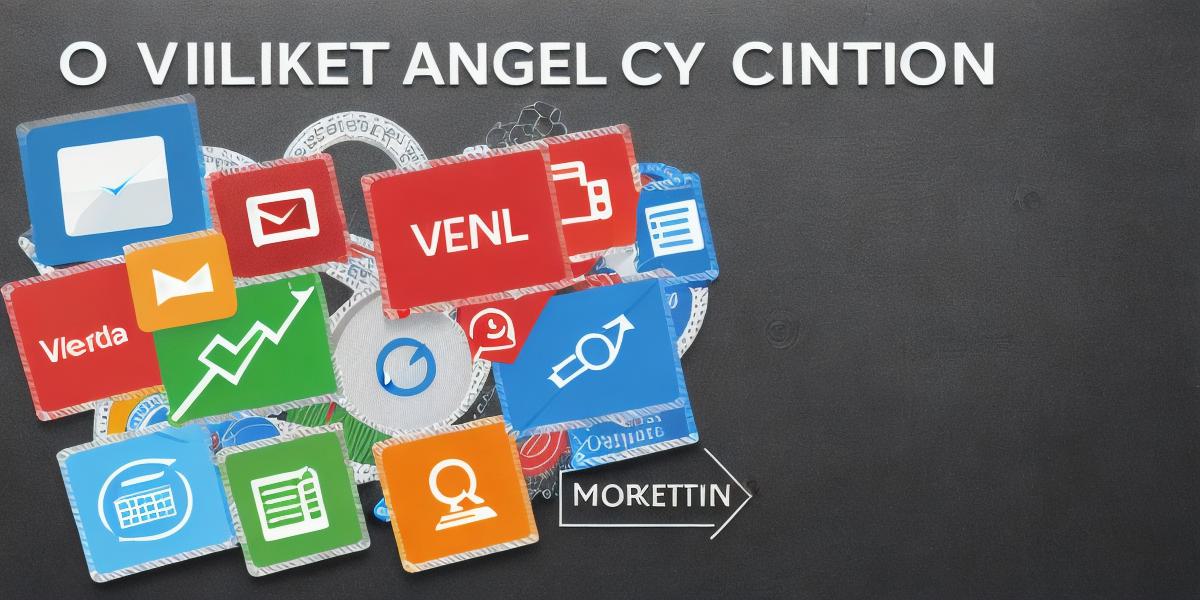In today’s global marketplace, businesses must be able to effectively market their products and services to customers all over the world. This includes Spanish-speaking markets, where a large number of consumers are located. However, marketing in these markets can be challenging due to cultural differences, language barriers, and different consumer behaviors. In this article, we will discuss key strategies for successful marketing in Spanish-speaking markets, along with SEO optimization techniques to help your content rank higher in search engines and attract traffic.
- Understand Your Target Audience
The first step to successful marketing in any language is to understand your target audience. In the case of Spanish-speaking markets, this means understanding cultural differences, consumer behaviors, and language preferences. For example, Spanish speakers may have a different approach to time management than English speakers, or they may place a higher emphasis on relationships and family than individualism. Additionally, some regions within Spain and Latin America may have their own unique customs and traditions that influence consumer behavior.
To effectively market in Spanish-speaking markets, it is important to conduct research on your target audience, including demographics, interests, and purchasing habits. This can be done through surveys, focus groups, or online analytics tools. By understanding your target audience, you can tailor your marketing messages and strategies to better resonate with them.
- Use Influencer Marketing
Influencer marketing is a powerful tool for businesses looking to reach new audiences and build brand awareness. In Spanish-speaking markets, influencers are often seen as trusted experts in their fields, and can help companies gain credibility and exposure among consumers. For example, a fashion brand may partner with a popular Spanish fashion blogger to showcase their products on social media.
When working with influencers in Spanish-speaking markets, it is important to choose influencers who have a large following within your target audience. You should also carefully vet potential partners to ensure that they align with your brand values and messaging. Finally, it is important to work closely with influencers to develop a clear strategy for promoting your products or services, including setting goals and measuring success.
- Leverage Social Media
Social media platforms are an effective way to reach and engage with consumers in Spanish-speaking markets. In these markets, popular social media platforms include Facebook, Twitter, Instagram, and LinkedIn. To be successful on social media, businesses should focus on building a strong presence on the platforms that are most relevant to their target audience. This can be done through regular posting of high-quality content, engaging with followers through comments and direct messages, and running targeted ads.
When using social media in Spanish-speaking markets, it is important to keep in mind that different platforms may have different requirements for content formatting and sizing. Additionally, businesses should always ensure that their social media presence aligns with their overall brand messaging and values. Finally, social media analytics tools can be used to measure the effectiveness of your social media campaigns and optimize your strategy accordingly.
- Use Search Engine Optimization (SEO) Techniques
Search engine optimization (SEO) is a critical component of any successful online marketing strategy. In Spanish-speaking markets, SEO techniques should focus on optimizing content for search engines in the local language. This can include using relevant keywords in titles and descriptions, building high-quality backlinks from local websites, and ensuring that your website is mobile-friendly and easy to navigate.
By optimizing your website for Spanish-speaking search engines, you can improve your chances of appearing in search results for relevant keywords, driving more traffic to your site and increasing the likelihood of conversions. It is important to keep in mind that SEO is an ongoing process, and businesses should regularly update their content and strategies to stay ahead of evolving search engine algorithms.
- Offer Multilingual Support
In Spanish-speaking markets, offering multilingual support can be a key factor in building customer trust and loyalty. This includes providing customer service in multiple languages, offering product information in multiple formats (such as printable guides and videos), and ensuring that your website is easy to navigate with different input methods (such as voice commands).
By offering multilingual support, businesses can help ensure that their products and services are accessible to a wide range of customers, regardless of their language skills. Additionally, offering multilingual support can help companies stand out from competitors and build a strong reputation in Spanish-speaking markets.
- Focus on Mobile Marketing
In many Spanish-speaking markets, mobile devices are the primary means of accessing the internet. This means that businesses must focus on developing mobile marketing strategies to reach and engage with consumers on these platforms. This can include developing mobile apps, optimizing websites for mobile devices, and running targeted ads on social media and other mobile platforms.
When using mobile marketing in Spanish-speaking markets, it is important to keep in mind that different regions may have different requirements for data privacy and security. Additionally, businesses should always ensure that their mobile marketing campaigns align with their overall brand messaging and values. Finally, mobile analytics tools can be used to measure the effectiveness of your mobile marketing strategies and optimize your approach as needed.
- Use Data Analytics to Optimize Your Strategy
Data analytics is an essential tool for businesses looking to optimize their marketing strategies in Spanish-speaking markets. By collecting and analyzing data on consumer behavior, website traffic, and social media engagement, companies can gain valuable insights into what is working and what needs improvement. This can include tracking conversion rates, analyzing customer demographics and preferences, and testing different advertising channels and messages.
When using data analytics to optimize your marketing strategy, it is important to keep in mind that data quality is critical. Inaccurate or incomplete data can lead to incorrect conclusions and wasted resources. Additionally, businesses should always be transparent with customers about how their data is being used, and obtain explicit consent before collecting any personal information.
Case Study: Unilever’s Successful Campaign in Spanish-Speaking Markets

Unilever, a global consumer goods company, has had great success in Spanish-speaking markets by adapting its marketing strategies to the local culture and language. For example, in 2017, the company launched an innovative campaign called "Soy Unilever," which aimed to promote sustainable and environmentally friendly products in Latin America.
The campaign was designed to resonate with consumers in these markets by emphasizing the importance of preserving natural resources and protecting the planet for future generations. The campaign included a series of videos, social media posts, and print ads that showcased Unilever’s commitment to sustainability and featured real-life examples of how its products were helping to make a positive impact on the environment.
The "Soy Unilever" campaign was a huge success in Spanish-speaking markets, generating widespread media coverage and driving significant sales growth for the company. The campaign also helped to position Unilever as a leader in sustainability and environmental responsibility in these markets, building long-term brand loyalty among consumers.
Conclusion
Marketing in Spanish-speaking markets can be challenging, but with the right strategies and SEO optimization techniques, businesses can successfully reach and engage with customers in these regions. By understanding your target audience, leveraging influencer marketing and social media, using multilingual support and mobile marketing, and focusing on data analytics to optimize your strategy, companies can build strong relationships with consumers and drive sustainable growth in Spanish-speaking markets.
FAQs:

- What are some common challenges faced by businesses when marketing in Spanish-speaking markets?
Businesses face several challenges when marketing in Spanish-speaking markets, including language barriers, cultural differences, and varying levels of technological adoption across different regions. Additionally, competition can be fierce in these markets, with many established companies vying for market share.
- How can businesses optimize their SEO strategies for Spanish-speaking search engines?
To optimize SEO strategies for Spanish-speaking search engines, businesses should focus on using relevant keywords in titles and descriptions, building high-quality backlinks from local websites, and ensuring that their website is mobile-friendly and easy to navigate. Additionally, businesses should keep up with evolving search engine algorithms and regularly update their content and strategies as needed.
- What are some common mistakes made by businesses when using social media in Spanish-speaking markets?
Common mistakes made by businesses when using social media in Spanish-speaking markets include failing to understand the local culture and language, posting generic or irrelevant content, and neglecting to engage with followers. Additionally, businesses should be transparent about their use of customer data and obtain explicit consent before collecting any personal information.




